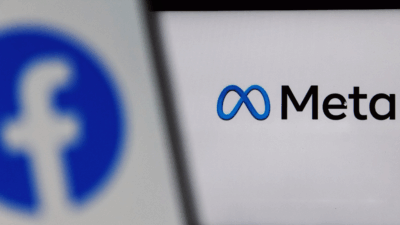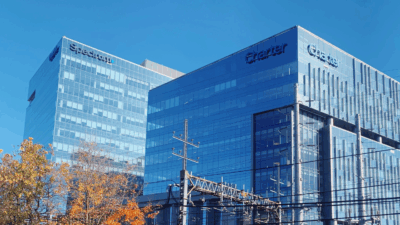
Sign up for smart news, insights, and analysis on the biggest financial stories of the day.
Nothing is free in this world — it’s just a matter of who is paying.
On Thursday, Reuters asked its readers to do it. The news publisher, one of the world’s largest, is putting up a paywall on Reuters.com and relaunching its website to target a professional audience with an eye for business and financial news.
Late to the Race
Going forward, readers of Reuters.com will have access to five free articles per month in a “preview period” before they’re asked to fork over $34.99 a month.
That’s the exact same price as rival Bloomberg charges for its digital subscription. The Wall Street Journal’s digital subscription costs $38.99 a month, while The New York Times charges $18.42.
Reuters, which prides itself on being first to a story with a global team of 2,500 journalists, is showing up late to the paywall party:
- The Wall Street Journal became one of the first major news sites to go behind a paywall in 1996 (here’s how that looked).
- Bloomberg, which has a huge audience overlap with Reuters, expects to reach roughly 400,000 consumer subscriptions this year, up from 250,000 in 2020.
Still, the value of a “professional” audience (aka, those with a corporate expense account) makes them a lucrative audience to target. And many publishers are beginning to see the value of more stable subscription revenue:
- Earlier this year, 76% of news executives surveyed by Oxford University’s media institute said they value subscription revenue over display and native advertising, a complete reversal of the last time they were asked in 2018.
- In 2020, subscription news revenue grew 16% even as advertising revenues slumped heavily amid the pandemic. Overall, the subscription news economy has grown by nearly 500% in the past decade.
When Profitable Isn’t Good Enough
Reuters News is actually the rare profitable news business, but that’s not enough when you’re part of a successful conglomerate. The news division comprises about 10% of parent Thomson Reuters $5.9 billion in revenues, but it’s also a drag on growth and profit margins.
Thomson Reuters last month forecast that sales at its major business lines are expected to grow 6% to 7% in 2023, but the news division is “expected to dilute organic revenue growth by about 1% to 2%.”
the takeaway
Nobody has figured out a way to beat that $13.99 Netflix price tag yet.











